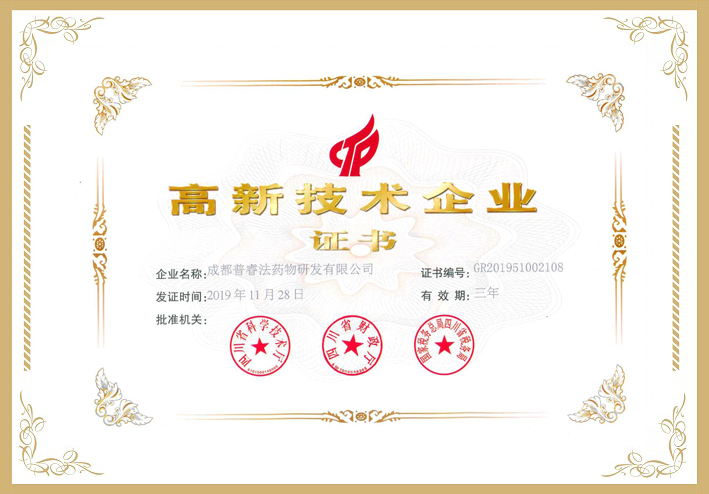Background
Oxidative stress caused by exposure to ultraviolet (UV) light on the skin can damage deoxyribonucleic acid (DNA) and cause keratinocytes to undergo apoptosis. Endogenous antioxidants which play a role in trapping free radicals are also unable to overcome excess reactive oxygen species (ROS) in the body due to UV exposure, so exogenous antioxidants are needed. Polyphenolic compounds extracted from natural ingredients such as flavonoids, quercetin, and epicatechin have quite strong antioxidant activity. This is influenced by the chemical structure of these compounds which are rich in hydroxyl groups and aromatic groups. This structure allows the compound to become an electron donor so that it can neutralize free radicals. In vitro research was used to see the potential effectiveness of epicatechin as an antiaging and antioxidant. The study aims to confirm the potential of epicatechin as an antiaging by in vitro assay.
Methods
The viability test of epicatechin on human skin fibroblast (BJ) cells was carried out using the water-soluble tetrazolium (WST) assay. BJ cells were UV-induced as a cell model of premature aging. Epicatechin 6.25, 12.5, and 25 µg/mL were administered to UV-induced BJ cells. The gene expression of Collagen I Alpha 1 (COL1A1), matrix metalloproteinase-1 (MMP-1), fibroblast growth factor-2 (FGF-2), and glutathione peroxidase-1 (GPX-1) were analyzed by quantitative real-time polymerase chain reaction (qRT-PCR). Elastin (ELN), hyaluronidase (HAase), cyclooxigenase-2 (COX-2), 8-hydroxydeoxyguanosine (8-OhdG), and melatonin (MT) protein levels were analyzed by enzyme-linked immunosorbent assay (ELISA). The apoptosis of BJ cells was analyzed using flow cytometry.
Results
Treatment with epicatechin increased relative gene expression including COL1A1 (5.94), FGF-2 (8.34), and GPX-1 (8.09), and also decreased MMP-1 (2.90) relative gene expression compared to the UV-induced BJ cells. Epicatechin also increased levels of ELN (107.7 ng/mg protein) and MT (830 ng/mg protein) levels compared to the UV-induced BJ cells. Epicatechin treatment decreased levels of HAase (505.96 ng/mg protein), COX-2 (33.69 ng/mg protein), and 8-OHdG (97.87 ng/mg protein) compared to the UV-induced BJ cells. Epicatechin also succeeded in maintaining the percentage of live cells and reducing apoptosis, necrotic of UV-induced skin fibroblast cells.
Conclusions
Epicatechin has the potential to be an antiaging agent by in vitro assay.























